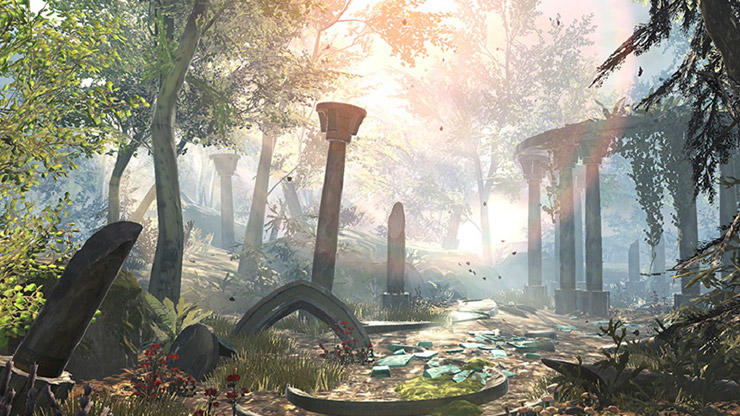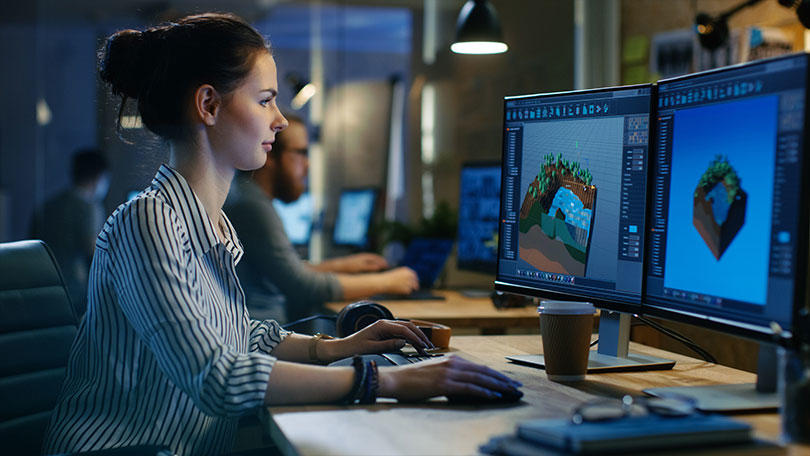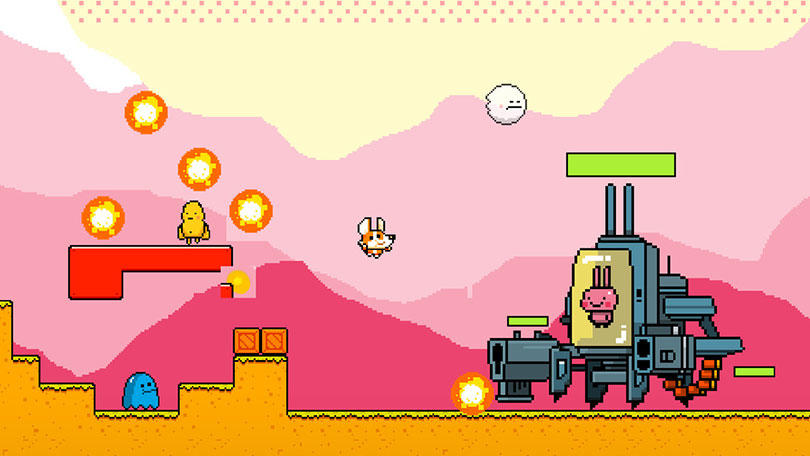
Elder Scrolls: Blades, made with Unity
A brave new world
When you think about creating a video game, chances are you’re imagining a world where people will spend their free time, exploring and reveling in your creation – a game world with a distinct look and feel that necessitates certain gameplay. That’s level design.
Making your dreams take shape and become interactive takes a fair bit of planning and preparation, but the end result is worth it.
Here are some tips on what it takes to design incredible levels for your game.

Let your imagination lead
This is an absolute truth for all aspects of game design: start with an untethered imagination. The time for creative limitations has passed. Step outside of the box.
Let your mind shape a new world and populate it. Make it vast and wonderful, a place no one wants to leave.
Use a computer program, or draw it out by hand. Use some of the developer tools we’ve mentioned. You can even write it out and let the words steer your game’s construction.
Your imagination is the primary driver for the preproduction (planning) phase of your game. Use it early, use it often, and plan as much as you can of the universe you want players to inhabit.
Make a scene
Once you’ve sketched out your concept, it’s time to jump into the game Editor.
Not sure how to start creating levels? You can play around with one of our microgames to become familiar with expanding and modifying levels. Maybe drop by the Asset Store and import some incredible premade elements into your game window. You can also watch one of the many avid game developers who publicly share their knowledge of level design in Unity.
Even if you’re not sure how to start, just start. The biggest step in constructing your first game is doing the work. So start messing around, have fun, laugh off the mistakes, and get creating! Soon enough, you’ll be looking at a realm that at one point existed only in your mind. It’s a moment you will never forget.

Make it interactive
On your screen is your brainchild: a brand new gaming world. Take in the moment: pan around the map, traverse the paths you’ve paved with the camera, look up into the digital skies. Your world is born, and your level design career is off to a promising start.
You’ll want to populate your world: it’s time to create a playable character. It doesn’t have to be a fully fleshed-out character yet – a circle or square that can make contact with the ground and move around is plenty right now.
Add some simple collisions and clean up your pathways around the map, and start interacting with your level.

Make it fun
Now you can add some challenges and obstacles to make your environment more fun and rewarding. Nothing beats the feeling of overcoming a challenge, so make sure your levels are designed to be traversable but not so obvious and orderly as to become boring for players.
We recommend watching this presentation on the Basic Principles of Level Design, by Brackeys. While some of the topics discussed are a bit more advanced, this will get you thinking about what you and other players enjoy most about levels in a game.

Keep building
You will be honing these newly acquired game level design skills for a while. Don’t stop. Trying, learning, building, testing and playing: these are the cardinal level design tips.
Each mistake made is a lesson learned. You can then apply that lesson and find ways to avoid making the same mistake twice. Push buttons, mess with numbers, and revel in the chaos of curiosity. Think, build, refine, and keep building. Above all, be proud of yourself.
You’re really doing it. You’re building a game. That is amazing, and so are you.
